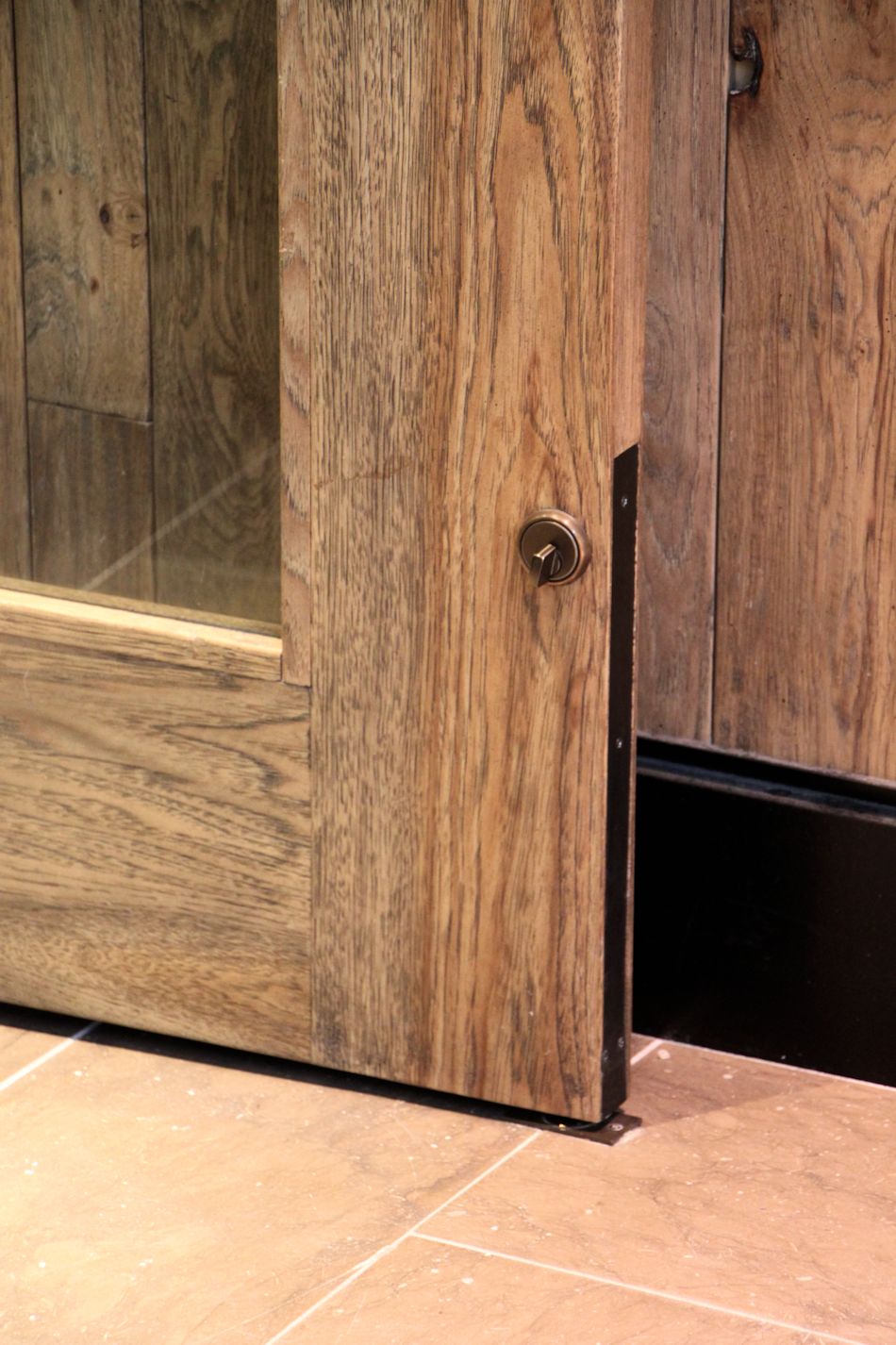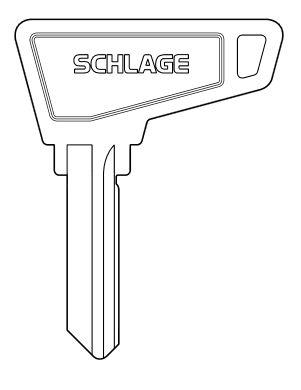indyarchyguy
Registered User
So one of my clients (a major mall developer), has been asked a question from one of their tenants. The tenant was approached by an attorney indicating their store entrance was out of compliance with Title III. The issue he was referring to was that the lock for the pair of entry doors (the lock is located on the interior side of the store, not in the common area of the mall) was non-compliant due to the reach height of the lock being only 12-inches above the floor. Since we all know the reach range is 48 to 15-inches. I see the point but since this is so used throughout the country, I wanted to see if anyone could weigh in on this for me. The other part is they are saying having to turn the key is non-compliant as well (twisting and pinching). I thought the key element was something that was allowed since keys are basically what we use. I am all ears and always appreciate everyone's insight. Thank you!!





